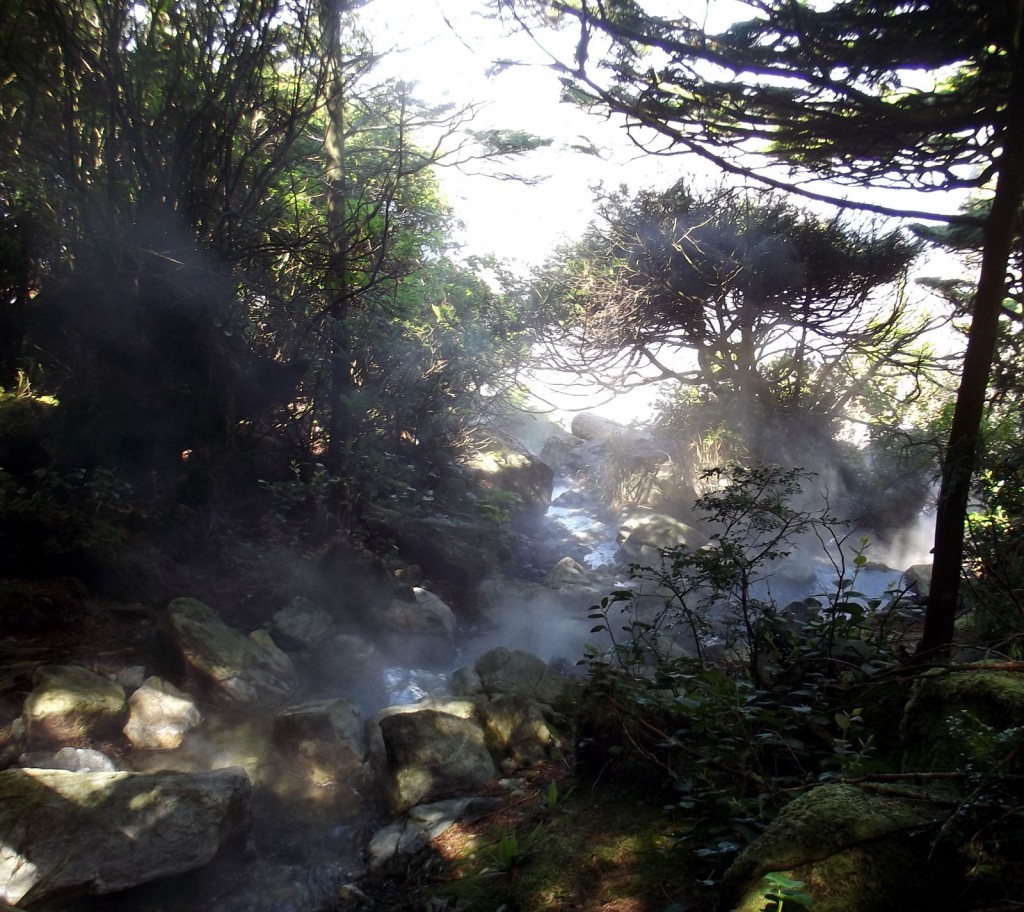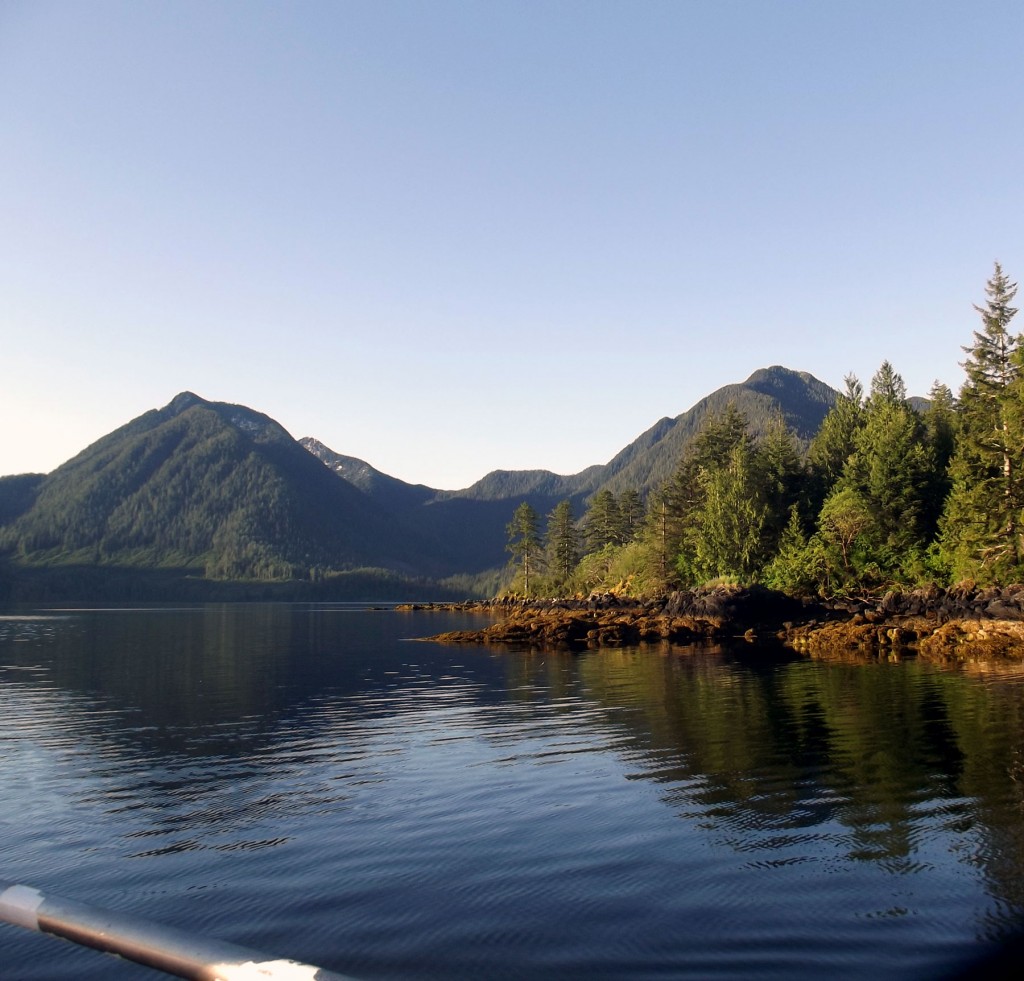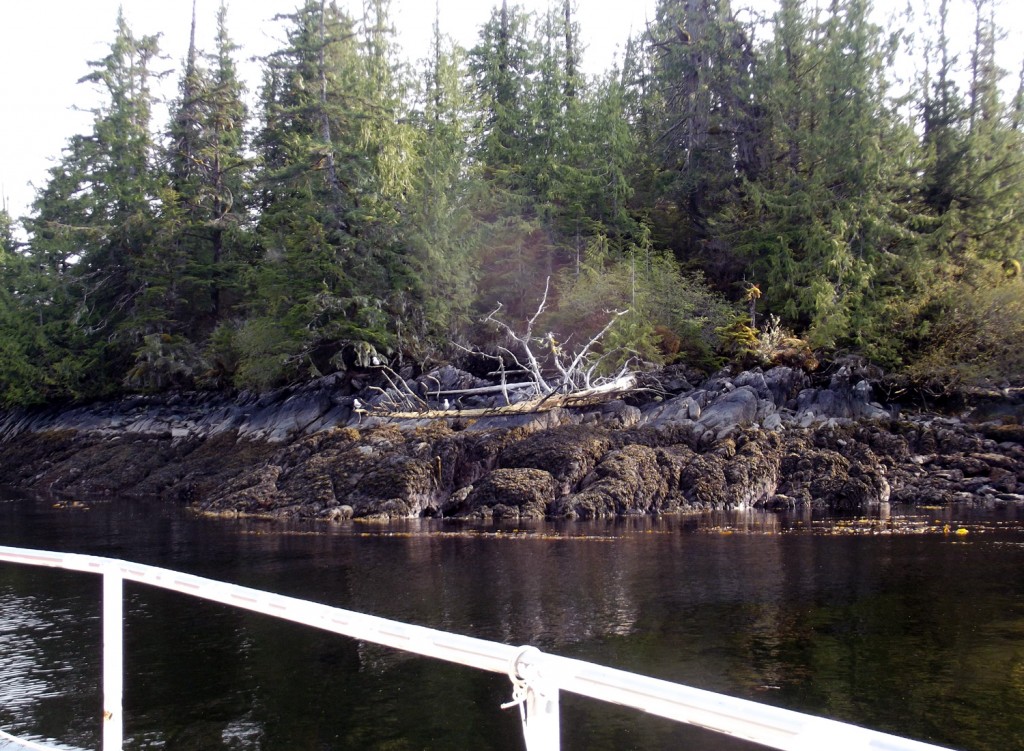
We had a strong breeze when we left Warm Springs Bay, so we beat to windward down Chatham Strait. The pads that hold the back of the lifting keel (centerboard) in place (side-to-side) were mistakenly not tightened before setting sail (the keel was locked in position up and down, but the back was not locked in position side to side).
As the current increased (against the wind), the seas got choppier and then the keel started making noises as it moved from side to side. A 5 ton keel moving around in a seaway is a concern! I screwed the pads in, but the keel still seemed to be moving laterally about one cm (flexing one pad) when we heeled, which is not normal. From the time the keel started moving until we reached the shelter of the windward shore of our destination, we remained on one tack.
We anchored in Kake that night. I wanted to have a look at the keel and determine if it was damaged and repair it if it was. A quick internet search indicated that there were better haulout facilities in Wrangell than Craig or Kake. The following day, we motored and sailed to a pleasant little anchorage (old logging camp) on Summner Strait, to time our arrival at Wrangell Narrows for a favorable current during daylight.
Wrangell Narrows is 21 miles of strong currents in a narrow, winding waterway. On a nice day, with the currents timed correctly and paying a lot of attention to piloting, it is quite a pleasant trip. We had excellent weather for motoring thru, light winds, sunny and no rain until we were in the last few miles.
The town of Wrangell has a good tidal grid (in addition to a 150ton Travelift) which we went on that night (high tide was around midnight, so that was when we went on). When the tide went out, I was able to look at the bottom of the centerboard (keel) and centerboard trunk. There was no damage. Cleaning up the threads on one of the pads allowed it to extend further, which could have made a difference had I been able to do it back when we were sailing. A subsequent test sail also showed things were fine with the keel.
Clayton left Wrangell by plane. I spent a couple of days in Wrangell, mostly attempting (unsuccessfully) to fix another autopilot problem and waiting out a storm. As it rained pretty much the entire time I was in Wrangell, I didn’t take any pictures there :).


































